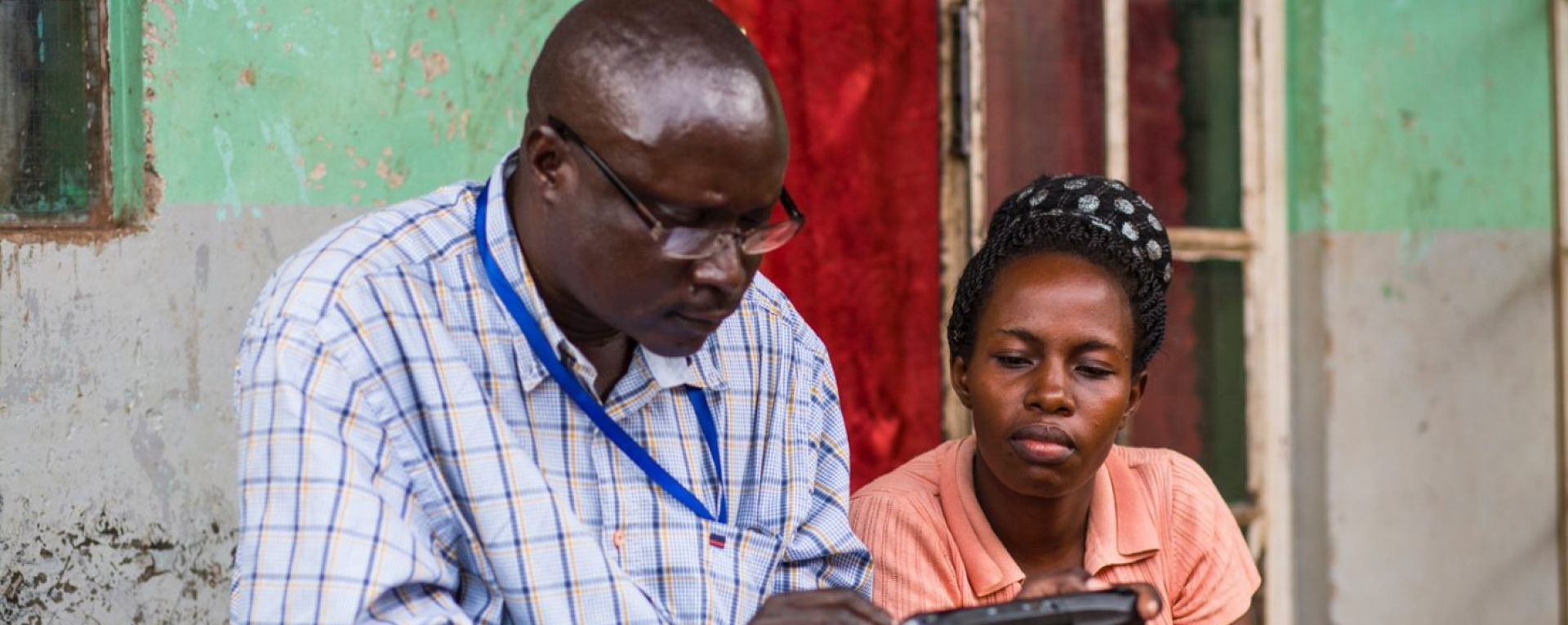Uganda, Senegal released major statistical products to inform agricultural policies
In Uganda, the Bureau of Statistics (UBOS) completed the dissemination program of the 2018 Uganda Annual Agricultural Survey (AAS 2018) with the support of FAO, which leads data production activities for 50x2030. In Senegal, similar milestones were reached by the Senegalese Directorate of Analysis, Forecasting and Agricultural Statistics (DAPSA) of the Ministry of Agriculture and Rural Equipment, the agency in charge for the production of agricultural statistics. (A full catalogue of both country’s statistical outputs is available below.)
The statistical outputs derived from Uganda’s AAS 2018 provide high quality data, ensuring the highest public use value. Major findings include:
- The agricultural sector is the largest employer in Uganda, (over 80 percent of the rural population and almost 65 percent of the working population) and it is essential in providing secure livelihoods for the Ugandan population.
- The sector is characterized by a predominance of agricultural households operating less than one hectare (more than 66%) and a minority of households farming more than two hectares (13%).
- Maize, banana-food, cassava and beans are by far the primary crops grown in Uganda.
- Women work on the farms more than men. Yet, the survey reveals that women have less tenure rights over agricultural land. Only 31 percent of women hold rights over the agricultural land they cultivate.
- Further effort is needed to modernize the Ugandan agricultural sector, through the adoption of improved seed varieties, fertilizers, pesticides, irrigation systems and more efficient practices.
In Senegal, DAPSA produced a wide range of data covering multi-thematic areas, like production, inputs and mechanization through the implementation of three cycles of the Annual Agricultural Survey (Enquête Agricole Annuelle - EAA): the EAA 2017-2018, the EAA 2018-2019 and EAA 2019-2020. Despite some disruptions due to the COVID-19 pandemic, which impacted slightly the conduct of the 2019–2020 annual survey, DAPSA has published the EAA 2019–2020 survey report, providing essential information about the country’s agricultural sector:
- Mix-agriculture remains predominant with more than 40% of households combining livestock with crop production activities.
- Small farms are predominant with an average cultivated area per household estimated at 3.36 hectares and over one third of the cultivated plots covering less than one hectare.
- The majority of households are headed by men, with barely one in ten households being headed by women.
- Groundnuts and millet remain the dominant crops with more than half of the plots.
- The use of certified seeds and mineral fertilizers remain low (less than 25% of plots).
- Pesticides are mainly used for economically important crops such as groundnuts (45%), cotton (95%), irrigated rice (58%) and watermelon (52%).
- The level of mechanization of agriculture remains very low with the dominant use of small materials and equipment harnessed at all stages of cultivation.
- Motorized equipment, used very little (barely 3% of plots), is generally used for soil preparation.
About the data releases, 50x2030 Program Manager El I za Mohamedou said, “Uganda, Senegal and also Cambodia are all leading the way in the Initiative in generating important agricultural data to inform policies and provide evidence of the extent of agricultural development in their respective countries. It is commendable that these countries continue to produce the foundational agricultural data their country needs while facing challenges due to COVID 19 pandemic.”
STATSTICAL OUTPUTS
UGANDA
- The AAS 2018/19 full report is available here. The full set of tables included in the report has also been released in Excel format here.
- Statistical tables, associated documentation and visualizations are available on the UBOS Open Data platform.
- The AAS 2018/19 Anonymized Microdata File (Science Use File, SUF) and the associated documentation, including questionnaires and DDI-metadata (variable level documentation) are catalogued on the UBOS Microdata Archive. Click here to access microdata and survey documentation.
SENEGAL
- The full report, as well as the excel sheet of main tables, can be downloaded through DAPSA’s website here. Additional resources, including relating to EAA 2017-2018 and 2018-2019, encompass:
- Full report of EAA 2017-2018 and EAA 2018-2019;
- EAA statistical tables to be downloaded from the SSN Senegal Open Data platform;
- Anonymized micro-data files from the 2017-2018 and 2018-2019 EAA.
The microdata files from the 2019-2020 EAA will be released in April 2021.
